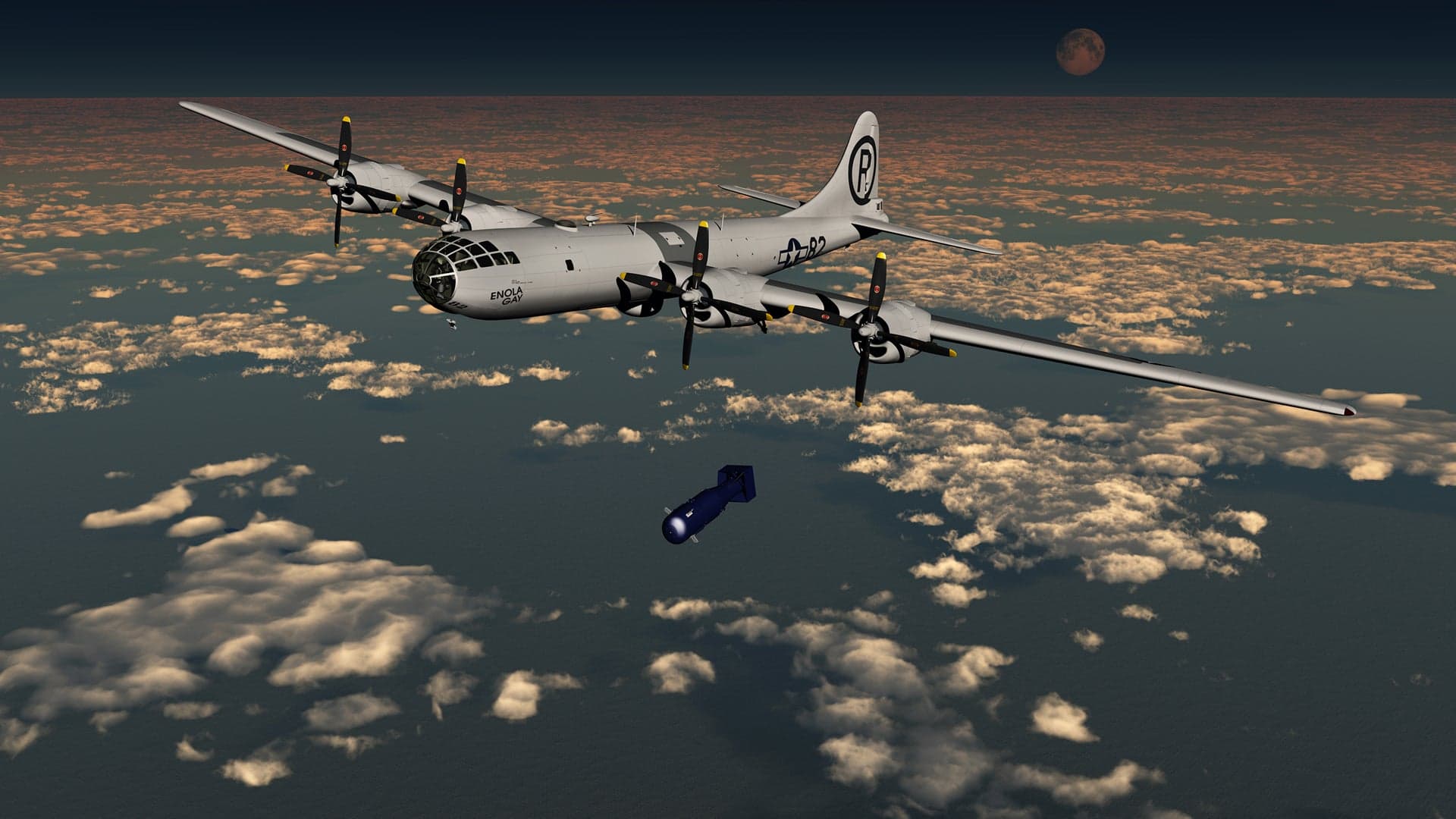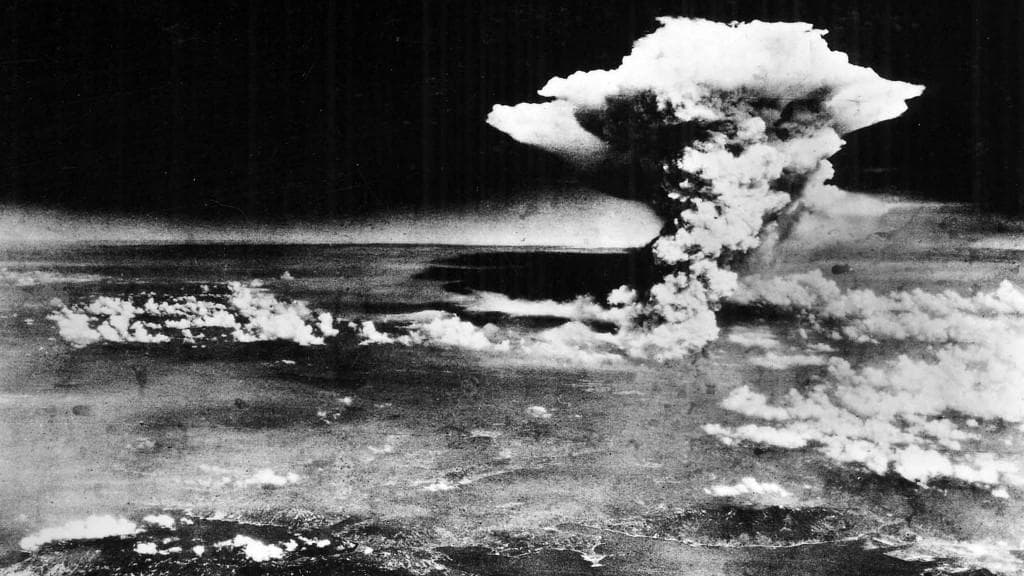Andy Warhol, one of the most influential artists of the 20th century, is born Andrew Warhola in Pittsburgh, Pennsylvania. Warhol was a major pioneer of the pop art movement of the 1960s who later outgrew that role to become a cultural icon, known as a frail and diminutive man with a shock of silver-blond hair.
Warhol was the son of immigrants from Czechoslovakia, and his father was a coal miner. For years, there was confusion as to his exact date and place of birth because Warhol gave conflicting accounts of these details, probably out of embarrassment of his provincial origins. “I’d prefer to remain a mystery,” he once said. “I never give my background and, anyway, I make it all up different every time I’m asked.” He enrolled in the Carnegie Institute of Technology (now Carnegie Mellon University) and graduated with a degree in pictorial design in 1949. That year, he moved to New York City, where he found work as a commercial illustrator. After being incorrectly credited as “Warhol” under an early published drawing, he decided to permanently remove the “a” from his last name.
He began painting in the late 1950s and took literally the advice of an art teacher who said he should paint the things he liked. He liked ordinary things, such as comic strips, canned soup, and soft drinks, and so he painted them. In 1962, he received notoriety in the art world when his paintings of Campbell’s soup cans, Coca-Cola bottles, and wooden replicas of Brillo soap-pad boxes were exhibited in Los Angeles and New York.
In 1963, he dispensed with the paintbrush and began mass-producing images of consumer goods and celebrities like Marilyn Monroe and Jackie Kennedy. These prints, accomplished through his use of a silk-screen technique, displayed multiple versions of the same image in bright colors and became his trademark. He was hailed as the leader of the pop art movement, in which Warhol, Roy Lichtenstein, and others depicted “popular” images such as a soup can or comic strip as a means of fusing high and low culture and commenting on both.
Although shy and soft-spoken, Warhol attracted dozens of followers who were anything but. This mob of underground artists, social curiosities and hangers-on operated out of the “Factory,” Warhol’s silver-painted studio in Manhattan. In the mid-1960s, Warhol began making experimental films, employing his friends as actors and billing them as “superstars.” Some of his films were monumental essays on boredom, such as the eight-hour continuous shot of the Empire State Building in Empire (1964), and others were gritty representations of underground life, like The Chelsea Girls (1966). He also organized multimedia events such as “The Exploding Plastic Inevitable” and sponsored the influential rock group the Velvet Underground. In 1968, Warhol was shot and nearly killed by Valerie Solanas, a follower who claimed he was “exercising too much influence” over her life.
After more than a year of recuperation from his wounds, Warhol returned to his career and founded Interview magazine in 1969, his take on the celebrity magazine. He became a fixture on the fashion and jet-set social scenes and was famous for pithy cultural observations like, “In the future, everyone will be famous for 15 minutes.” Meanwhile, he continued to produce commercially successful silk-screen prints of entertainment and political figures.
In the 1980s, after a period of relative quiet in his career, he returned to the contemporary art scene as a mentor and friend to a new generation of artists, including Keith Haring and Jean-Michel Basquiat. With the rise of postmodern art, he came to be regarded as an archetypal role model by many young artists. On February 22, 1987, he died in the hospital of a heart attack shortly after a gall bladder operation. In 1994, the Andy Warhol Museum opened in Pittsburgh.




